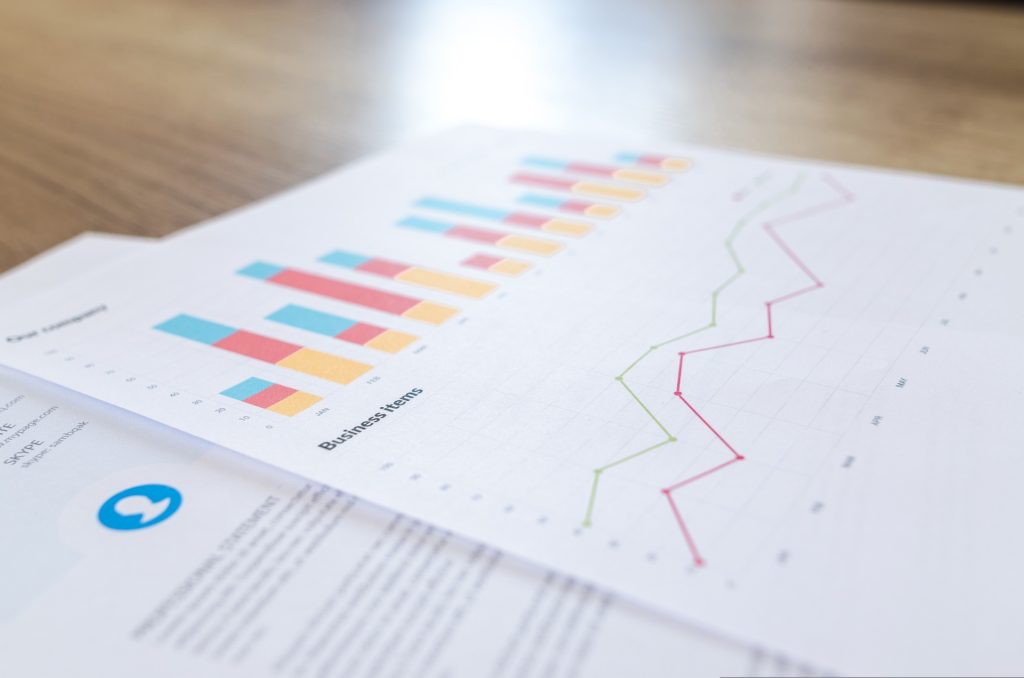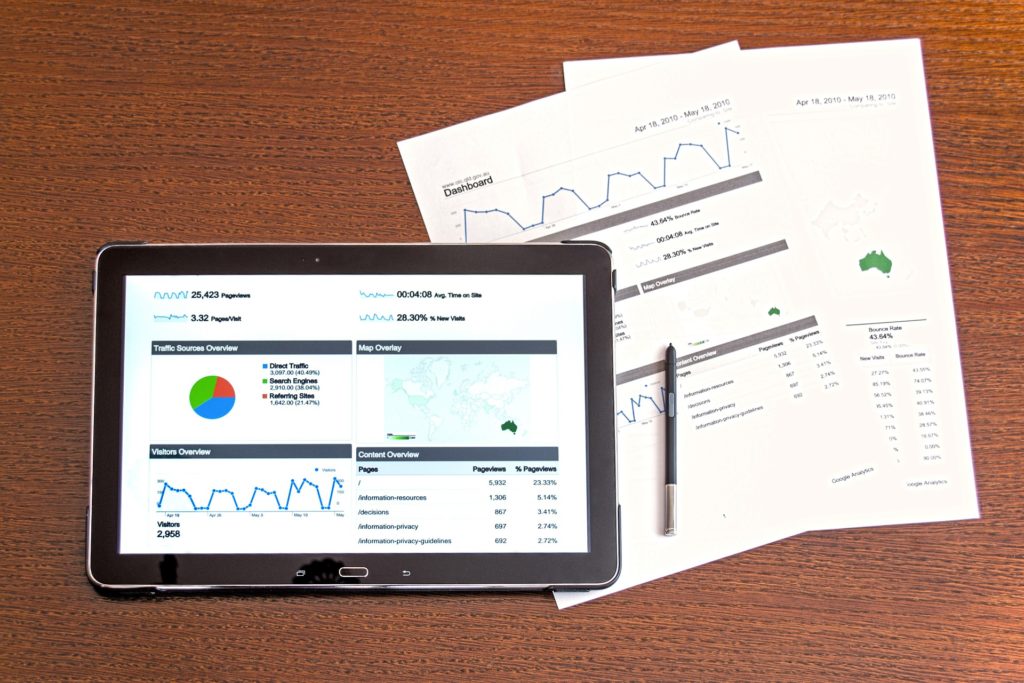How to Analyze Survey Data: Where to Start
So, you’ve completed a market research survey — but what do you do with all of this data?
Surveying respondents is only one part of the equation when performing market research. Once you have your questions answered, you must then quantify that information as data and look for the key categories, trends, and patterns within your data sets.
In this article, 1Q will take you through how to analyze survey data, including how to categorize your data and what types of information to keep an eye out for. Plus, keep reading to learn how 1Q’s market research platform can help you get the most out of your survey data!
How to Organize Your Survey Data for Analysis
Before you even begin the analysis process, the first key step is to organize your data.

One of the best ways to initially organize data is by separating respondent answers according to the type of question that was asked. In general, the questions asked in your surveys can be divided into two main categories: open-ended questions and close-ended questions.
With open-ended questions, your survey respondents are allowed to expand upon and explain their opinions. Rather than choosing from a selection of predetermined responses, each respondent can answer the question in the way they see best.
On the other hand, close-ended questions limit respondents to a selected range of answers without providing the opportunity to respond in greater detail. These questions can vary in their format, including yes or no questions, multiple choice questions, and rating scales.
Methods to Analyze Survey Data
Once your data is sorted into either the open-ended or close-ended pile, you can begin the process of categorizing it further and drawing useful analytical insights from it.
Here are 3 key steps to analyzing survey data:
1. Categorize & Quantify Your Survey Data
Your data should already be sorted into two main piles: open-ended answers and close-ended answers. However, this is not where your categorization process should end.
Dividing your data according to the answer type makes it easier to examine the quantitative data gained through close-ended questions. As for the open-ended questions, you must first read through each response and look for any key details that can be translated into data points.
From here, you will begin looking for the overarching categories that your data can fit into.
Examples of potential data categories include:
· Location: Splitting up your data according to the location of the respondent is a great way to gauge interest in your products or services in multiple different regions. Doing so can help you to identify which locations have the most interested potential customers. In turn, you can use geo-targeting technology to perform a location-specific survey or a location-specific marketing campaign.

· Demographics: When analyzing survey data, it is always important to find the different demographics (age, sex, race, etc.) present in your pool of respondents. By breaking up data according to these demographics, you can analyze how different groups of people respond to your questions, allowing you to gain clearer insights into who your target audience should be.
· Customer Status: Along with dividing your data into groups based on location or various demographics, it’s also a good idea to include categories for existing customers and potential customers (including a question in your survey about whether or not a respondent has worked with your business before is a good way to get this information). Dividing your data in this way can help you examine how the responses of potential customers differ from existing ones.
In terms of quantifying your data, this step of the process largely comes in when analyzing the open-ended questions and answers. As we mentioned earlier, you will need to read through each response and look for key details that can serve as data points.
For example, let’s say you asked, “What is your general opinion of this company?”. Your responses will likely fall into one of three categories: positive, negative, or neutral. Divvying up your data according to which of these three categories a respondent falls in can help you determine what your target audience needs in order to become a loyal customer.
2. Look for Clear Trends & Patterns
With the categorization process out of the way, you can begin looking for trends and patterns in your data.
A data trend is the direction in which responses move over time. To identify trends, you will either need to ask time-related questions or complete multiple surveys to compare over a set timeframe.

By comparison, a data pattern is a recurring theme present throughout a set of data. A pattern can be identified within a single set of data — however, it is preferable to have multiple sets to compare against each other to see if a pattern persists under different conditions.
One of the best ways to find trends is through the use of line charts. Organizing your data into different line charts according to the categories you have selected allows you to identify any potential trend lines present in your data.
As for identifying patterns, oftentimes, the use of algorithm-based technology is needed, especially if you are dealing with large amounts of data. By using an algorithm, you can quickly and easily find the patterns in your data that will help you to improve your products and services in the future.
3. Experiment with Categories & Compare Results
Rather than trying to fit all of your data into one singular analysis, it is a better idea to analyze each category and compare the results against each other.
In many cases, follow-up surveys are an excellent choice as well, as these give you the opportunity to reach out to the same respondents and get new feedback after you have made changes based on the first survey results.
Moreover, as you begin comparing different results, you may even begin to find trends and patterns that had gone unnoticed up until now. This can even result in new ways to categorize your data in a way that is more accurate and produces more compelling, useful insights.

Final Thoughts: Join 1Q’s Market Research Platform for Data Made Simple
Here at 1Q, our market research platform is designed to help businesses perform consumer behavior surveys with ease. Our methods to analyze survey data are merely the tip of the iceberg, and the more you begin to work through your data sets, the better you will get at drawing the conclusions you’re looking for. Through our platform, you can ask the exact questions that need answering and even choose who you want to answer them!
Our platform features for analyzing survey data include:
· Real-Time Analytics: Your survey results are available to view and download as soon as you begin receiving responses.
· One-Click PowerPoint: Our platform automatically generates a PowerPoint deck with all of your data – all you need to do is click a button.
· Direct Data Access: Your data from 1Q can be downloaded to your preferred analytics tools, as well as tools for visualization and reports.
· Panel Member Follow-Ups: If you need follow-up data from the same respondents, you have the freedom to follow up with the same panel members you worked with the first time around.
To better understand how to analyze survey data and to begin receiving the survey answers and analytics you need, get started with 1Q today!
